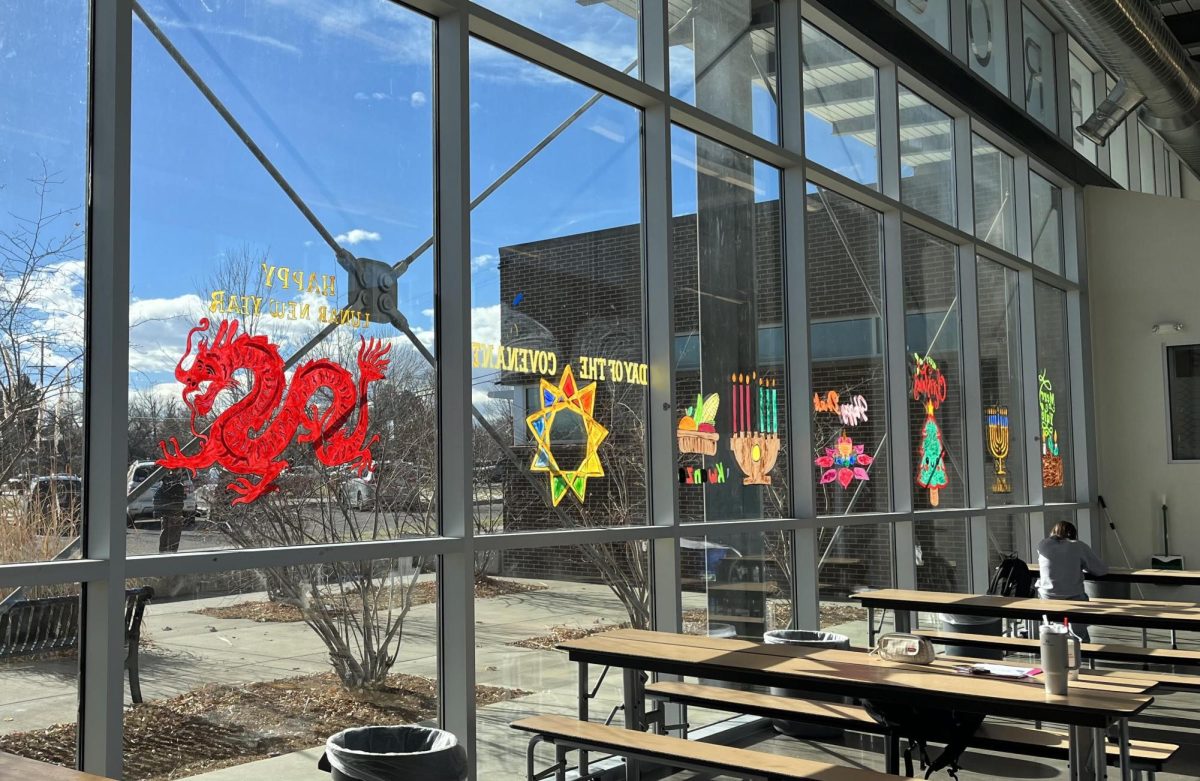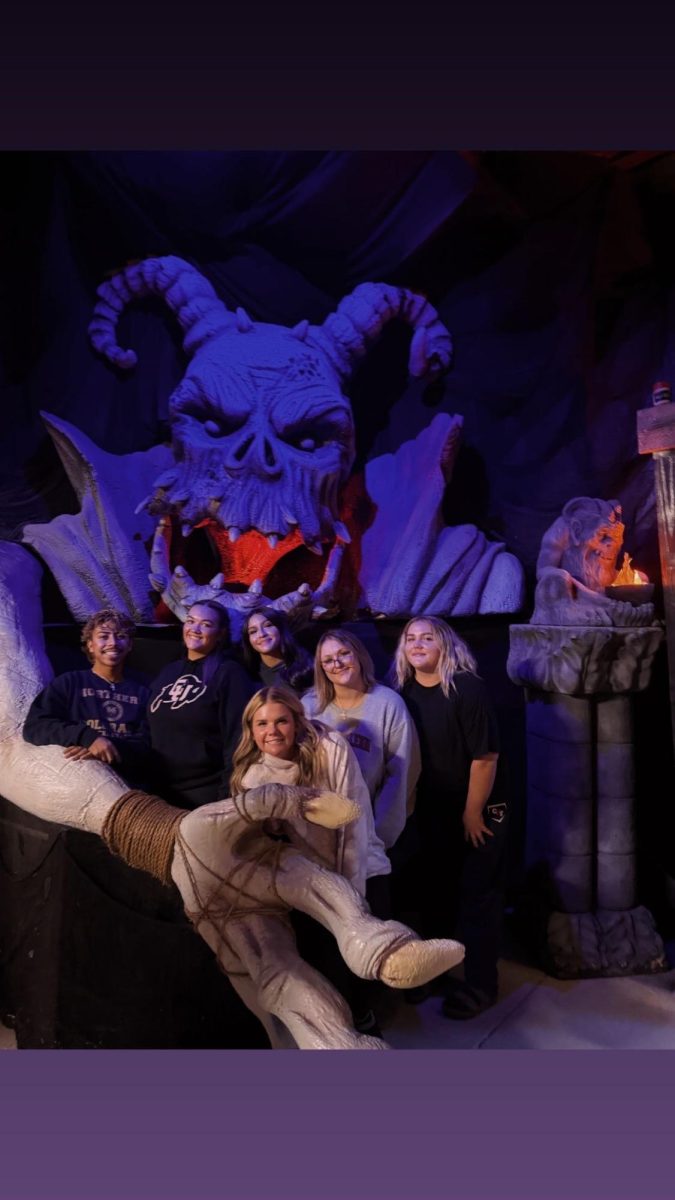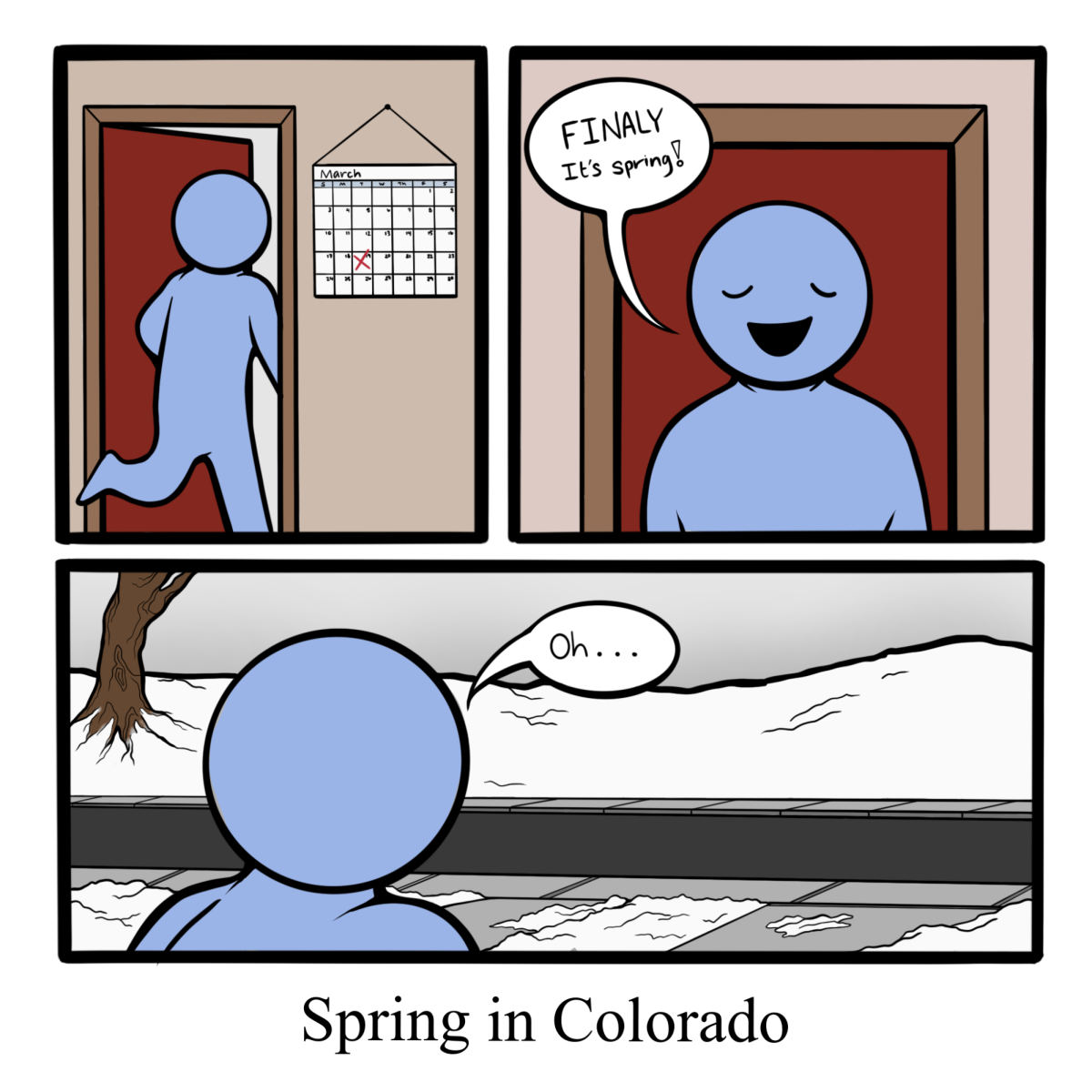The familiar tune of jingle bells hangs in the air, the tree glows in a symphony of colorful lights, and a warm aroma of gingerbread cookies wafts from the kitchen. For most Americans, this description of Christmas tradition is far from unusual.
The month of December undoubtedly becomes enveloped with all things Christmas. As much as they try, the single end-cap department stores display of Hanukkah decorations vastly fail to recognize the cultural collection of holidays that mark the winter months.
Student Voice, a club at BHS, takes it upon themselves to bring light to the holidays that tend to to be pushed into the dark (especially in North America). Each window in the atrium is left carefully decorated as a tribute to each cultural celebration.
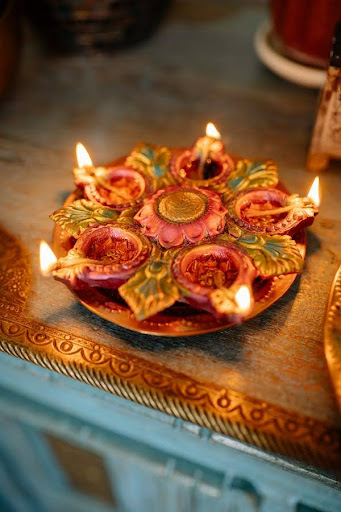
Diwali (11/12)
As one of the largest festivals in Hinduism, Jainism, and Sikhism, Diwali yields the same significance as Christmas does to Christians. Apart from Christmas though, Diwali’s celebration period is determined by the position of the moon rather than a mark on the calendar (the 13th day of the dark half of the lunar month).
The name Diwali comes from the term, dipavali, that refers to the rows of clay lamps that line the streets to celebrate the victory of light over darkness. The festival takes on different forms throughout Asia, but it is most commonly observed over the course of five days designated for visiting, gift-giving, feasting, and setting off fireworks.
The Day of the Covenant (11/25-11/26)
The Day of the Covenant, celebrated November 26, recognizes the appointment of Abdu’l-Baha as the Center of Baha’u’llah’s Covenant. Abdu’l-Baha is the leader of the Bahai faith. The Center of Baha’u’llah is the holy site of Bahai and also, confusingly, Baha’u’llah is the name of Abdu’l-Baha’s father, who founded Bahai.
Baha’is faith is centered around the idea that every world religion is a manifestation of one divine power, God. They also believe the world’s religions teach an identical truth: the progressive education of the human race (to put it very simply).
Back to the Day of the Covenant. It is a celebration to acknowledge “the essential unity of all faiths.” Abdu’l-Baha’s appointment to the covenant, who is recognized for his trusting values, is an annual call for celebration. Baha’is designate this day to paying tribute to the sacred Covenant with prayers and acknowledgment.
Hanukkah (12/7 – 12/15)

As one of the most known Jewish holidays, Hanukkah celebrates the rededication of the Second Temple of Jerusalem. In 175 BCE, King Antiochus IV, banned Jewish people from practicing their beliefs. A brave group of Jews called the Maccabees rebelled, and after a three year war, defeated King Antiochus taking back their religious freedom.
To celebrate, the temple’s menorah (the Jewish word for lamp) was lit with the little oil they could find. As the story goes, there was only enough oil to last one day. Miraculously, the oil burned for eight days, hence the reason Hanukkah is celebrated for eight days.
The holiday is observed on the 25th of Kislev in Jewish Calendar, which typically falls between December 1st and 31st. Each night a flame is added to one of the eight candles and is followed by hours of singing, eating and gift-giving.
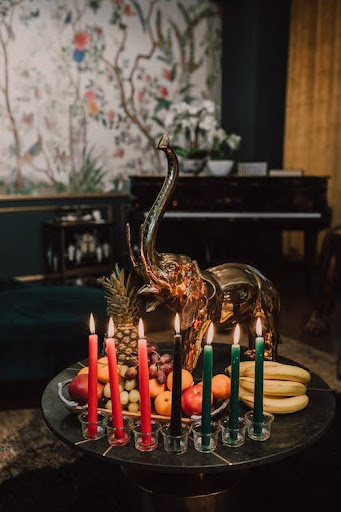
Kwanzaa (12/26 – 01/01)
Created in 1966 by Dr. Karenga after the Watts riots, Kwanzaa’s mission is to bring unity to African American communities. Karenga combined aspects of several African harvest celebrations and formed the basis of Kwanzaa.
Over the course of seven days, families celebrate with songs, dances, storytelling, and bountiful meals. Every night, loved ones gather around the Kinara (candleholder), while the youngest lights one of its seven candles.
Each day of Kwanzaa is designated to one of its seven principles which coincides with the candles: Unity, self-determination, responsibility, cooperative economics, purpose, creativity, and faith. The holiday brings a strong sense of community to African Americans by working to acknowledge the significance of their ancestral history.
Yule (12/31 – 01/01)
With its origins dating back to the ancient Norse thousands of years ago, Yule is one of the oldest winter solstice festivals. Back then, people spent most of their time outdoors farming and hunting, so the turning of the seasons, marked by the winter solstice, was undoubtedly a call for celebration.
Later, when the diffusion of Christianity reached the British Isles, the festival became an extension of the celebration of the birth of Christ. Today the terms “Yule” and “Yuletide” are largely associated with Christmas. Although in Northern Europe, many Neo-Pagans stay close to their roots, celebrating the return of the Sun with burning yule logs and a hearty feast.
Lunar New Year (01/22)
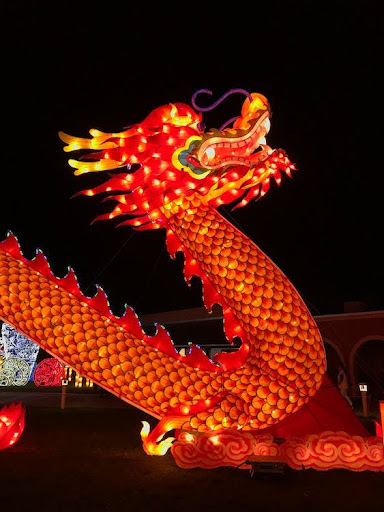
Commonly referred to as Chinese New Year (although it is not restricted to China), Lunar New Year marks the beginning of the lunar calendar. Celebrations begin with the first new moon and last until the first full moon (around 15 days).
It is customary to thoroughly clean houses 10 days before in order to clear any bad luck that could steep into the new year. While many legends have proposed a reason for the yearly rituals of
bright colors and lights, one legend is most accepted:
On New Year’s day, it is believed that a beast, Nian, emerges in search of human flesh. To protect one’s family, loud noises, fire, and red paper decorations are displayed all night in order to frighten the beast away.
Today, Lunar New year is celebrated amongst friends and family around traditional meals and gifts.


